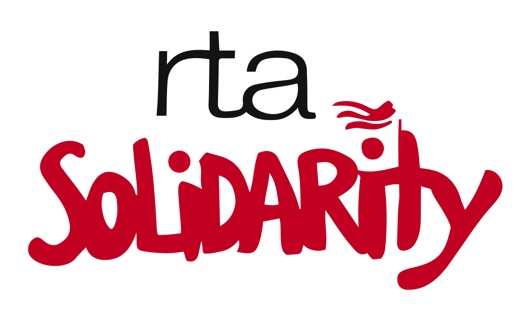
Tonya Noel started a community garden to help neighborhood heal. Shawn Dowd
Black children in greater Rochester are nearly three times as likely as white children to die before their first birthday. When they grow up, they’re less than half as likely to own their own home, one of the most important ways to pass on wealth to their own children when they die.
In between are a series of markers showing the same sort of disparities at every stage of life, evidence of ingrained structural racism, as laid out in a report released Wednesday by ACT Rochester.
Most of the data is not new. It is well known now, after several years of annual reports from the organization, that half of black children in Rochester live below the poverty line, which is $24,600 for a family of four or $16,240 for a single parent with one child.
The report, called Hard Facts, differs from prior ones in its identification of structural racism as the underlying cause of the disparities, and its comparison of the nine-county Rochester region with the state and country.
“The tabular information on race that ACT Rochester has been sharing since 2012 has gotten some interest, but has not really increased the awareness in our community,” said Ann Johnson, the organization’s senior director. “We felt it was very important to take the information and add the narrative and graphs so people can internalize and understand the strong and stark messages the report is sharing.”
It is a step beyond simple tabulation, for instance, to conclude, as the report does: “These hard facts clearly point to the profound entrenchment of structural racism.”
While many factors affecting racial disparities are nationwide in scope, the report points out that black people in the Rochester region fare worse than those in the state or the country, on average.
For example, the median household income for black families in Rochester is about $27,000, compared with $42,000 in New York state and $36,000 in the U.S. The numbers are similar for Latino families.
“If people of color are making less money, have less homeownership, worse reading and math scores and reduced graduation rates, then there have to be structures in place we need to change,” Johnson said. “I don’t feel like John and Jane Q. Citizen have really gotten it, and are willing to say this: ‘This is bad, and whatever place I’m in, I’ll do what I can do.’ “
The report does not delve into historical reasons behind the trends. The observed disparity in intergenerational wealth, for instance, can be explained in large part by the policy of the federal government during the middle of the 20th century not to insure home loans to black families, regardless of their credit-worthiness.
It does, though, observe that “Rochester has seldom taken a regional perspective on the issues of race and ethnicity.” It points to the concentration of poverty, and the relatively extreme housing segregation here, which “contributes to a greater-than-typical ability for disparities to be out of sight and thus not discussed, understood or confronted.”
The report concludes: “Dealing with these obvious racial challenges is our collective calling. We can’t hide from it. We can’t think that this is someone else’s responsibility. If we do, if we continue to escape into our segregated lives, then a future generation will have to deal with our legacy of denial. …
“Specifically, white people of good will must engage, in a positive way, in addressing what our institutional structures are doing to people of color, and to our future as a community.”
Among local organizations focused on exposing structural racism are BLACK; the Movement for Anti-Racist Ministry and Action; Facing Race, Embracing Equity; the Rochester-Monroe Anti-Poverty Initiative; and Great Schools for All. They all welcome volunteers and new members.
JMURPHY7@Gannett.com
